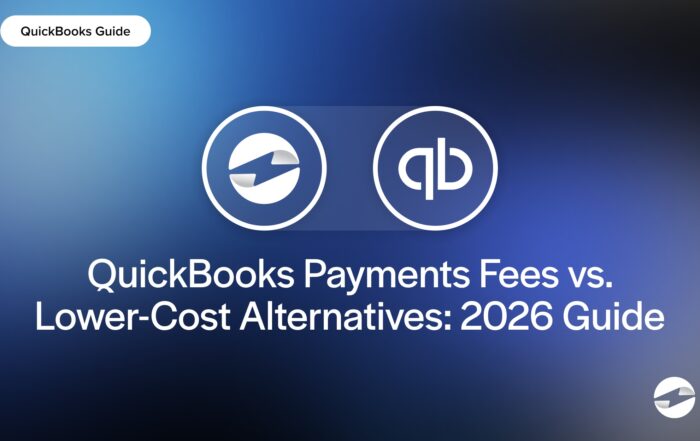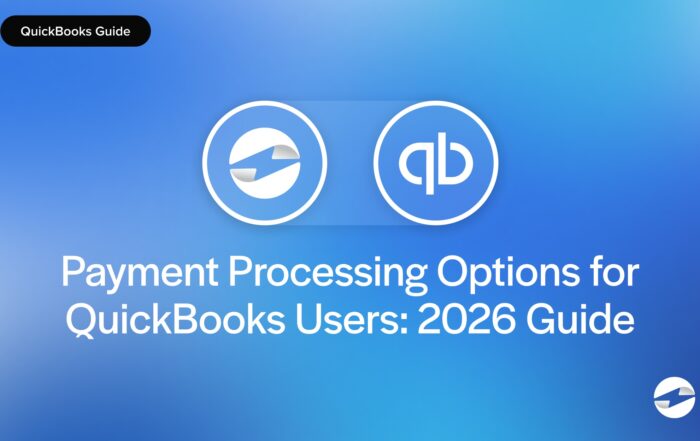What is a statement of retained earnings?
A statement of retained earnings is a financial report that shows how a company’s net income is invested back into the business over a period of time. It tracks changes in profits kept in the business rather than paid out as dividends. This is important for business owners, investors, and stakeholders to understand a company’s financial health and long-term strategy.
Think of it like a business’s investment savings account. Just like how you might save a portion of your paycheck to buy a house, start a side hustle, or deal with unexpected costs, businesses do the same with their profits. Instead of handing all the earnings out to shareholders, they hold on to some of that money to reinvest in things like new equipment, hiring, expansion, or paying off loans. It’s a smart way to build stability and prepare for future opportunities.
Key Points
- A statement of retained earnings shows how much profit a company keeps and invests over time.
- By calculating retained earnings using net income and dividends, a business can see how much profit supports future investments versus what’s being paid to shareholders.
How to prepare a statement of retained earnings
Preparing a statement of retained earnings is easy if a business has good financial records. The statement will include:
- Beginning Retained Earnings – The retained earnings balance from the previous period.
- Net income (or Net Loss) – The company’s profit (or loss) for the period.
- Dividends Paid – Any profits paid out to shareholders.
- Ending Retained Earnings – The balance after net income and dividends.
A well-prepared statement of retained earnings gives insight into a company’s financial position and ability to fund future growth.
Statement of retained earnings formula
Once you have these numbers, plug them into the retained earnings formula to determine how much money is being invested into the business. The formula is:
Beginning Retained Earnings + Net Income − Dividends Paid = Ending Retained Earnings
This formula helps a business see how much profit is being invested back in versus paid to shareholders. Tracking this over time helps business owners make smarter financial decisions and keeps stakeholders informed about the company’s long-term strategy.
Statement of retained earnings example
A small business starts the year with $50,000 in retained earnings. Over the year, they earn $30,000 in net income but pay out $10,000 in dividends to shareholders. Using the formula: 50,000+30,000−10,000=70,000
At the end of the year, the business’s retained earnings will be $70,000. They invested $20,000 back into the business.
Businesses that retain their earnings can invest in growth, innovation, or debt reduction, becoming more stable in the long term.
You May Also Like
QuickBooks Payments Fees vs. Lower-Cost Alternatives: 2026 Guide
Read More
Read More
EBizCharge Listed as a 2025 Construction Executive Top Construction Technology Firm
Read More
Read More



